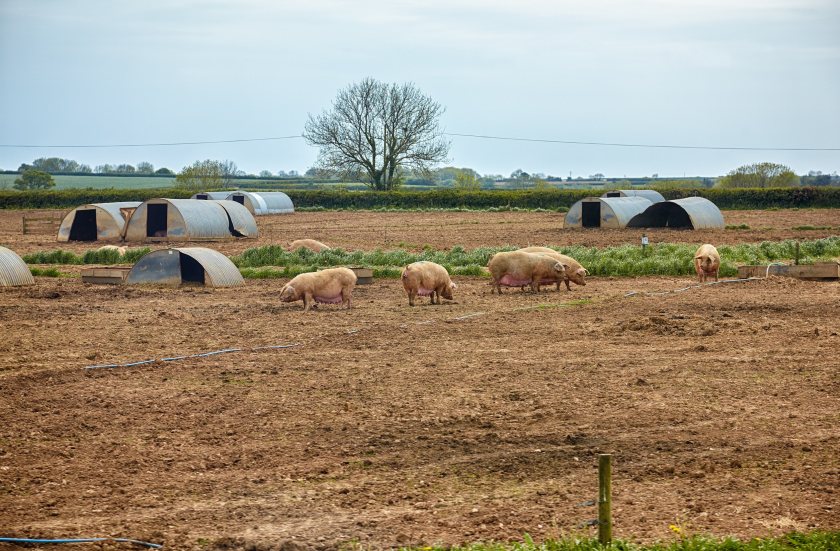
Disease outbreaks are costing the British pig industry over £850 million a year, according to new research by the AHDB.
Researchers have used economic and population data to find out the true cost of disease outbreaks on the UK pig sector.
The AHDB-funded study, undertaken by the universities of Liverpool and Bern, compared a hypothetical 'perfect farm' without any losses against industry averages.
It concluded that the difference between perfection and average was £858m per year across the whole UK pig herd.
This figure represents more than two times the approximate value of the industry.
Disease affects the environment through reduced efficiency, for example from mortality, taking longer to reach finishing weight and reduced feed conversion efficiency (FCE).
It is one of the most significant contributors to the environmental impact of livestock farming.
While it is unrealistic to expect perfection, researchers explained that it demonstrated the importance of animal health to production and the environment.
They added that it was also important to recognise the benefit of improved animal health on welfare, which underpinned the reputation of the sector.
Commenting on the findings, Dr Miranda Bowden-Doyle, AHDB's animal welfare scientist said: "The gap between average and utopia is large, and closing it is unachievable.
“Understanding where individual farms can have the greatest impact on moving towards a disease-free utopia is the next step.
"However, small gains in litter size, pre-weaning and post-weaning survival, food conversion efficiency, days to slaughter, and mortality would pay big dividends in farm profitability and the impact on the environment.”
The full report will be released soon, Dr Bowden-Doyle said.
